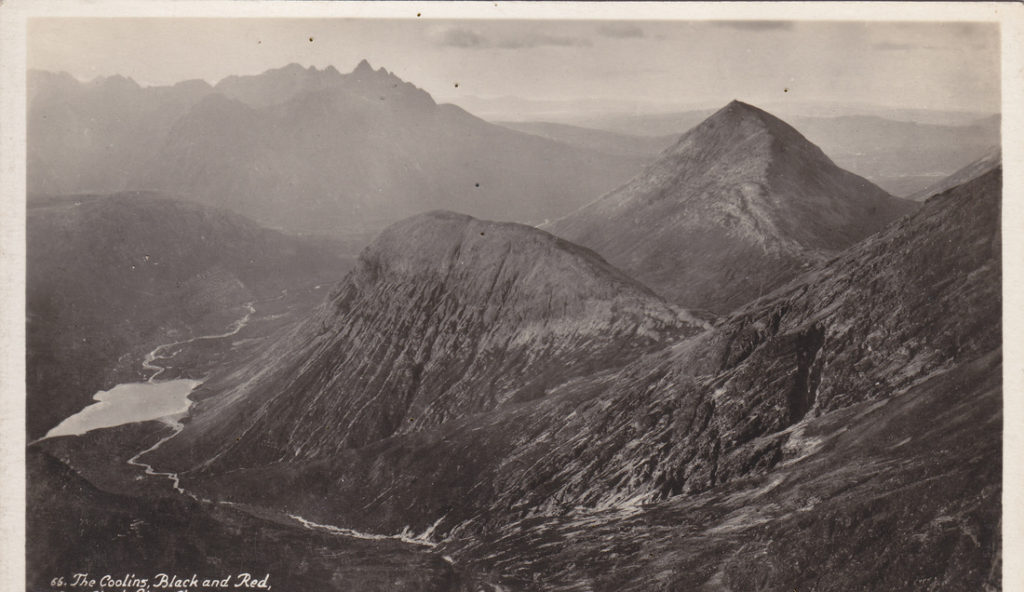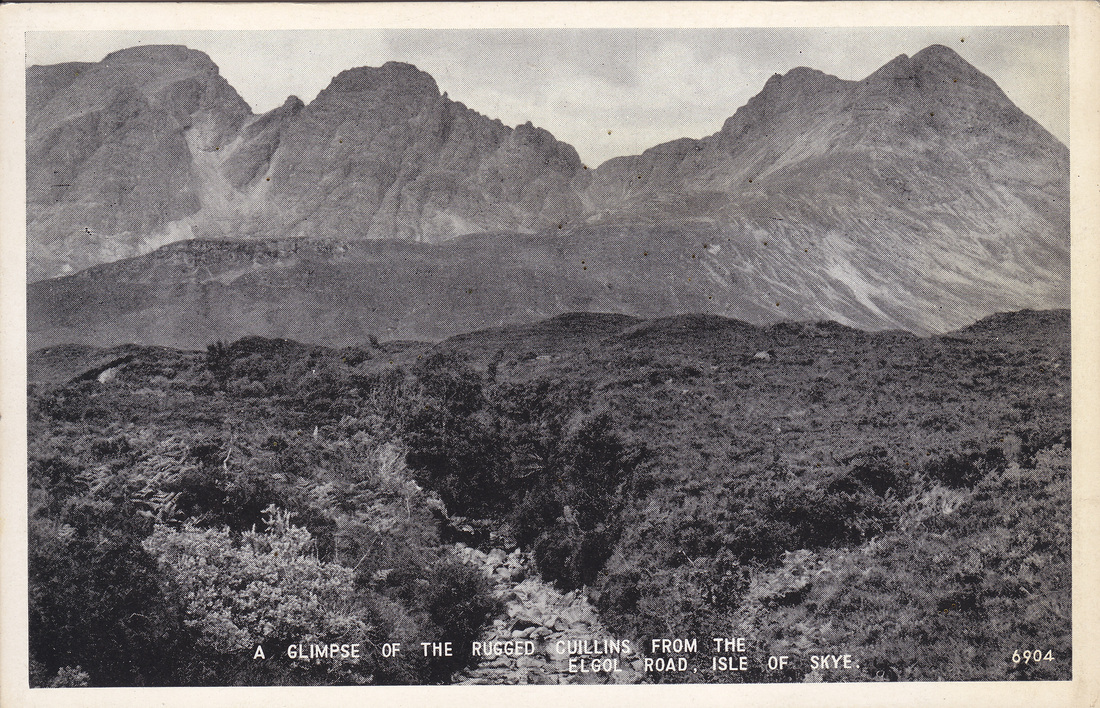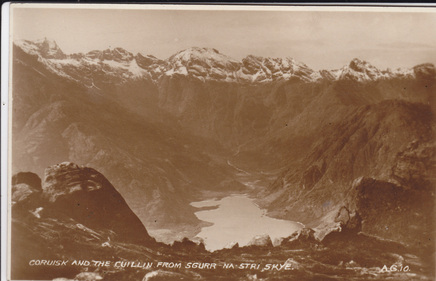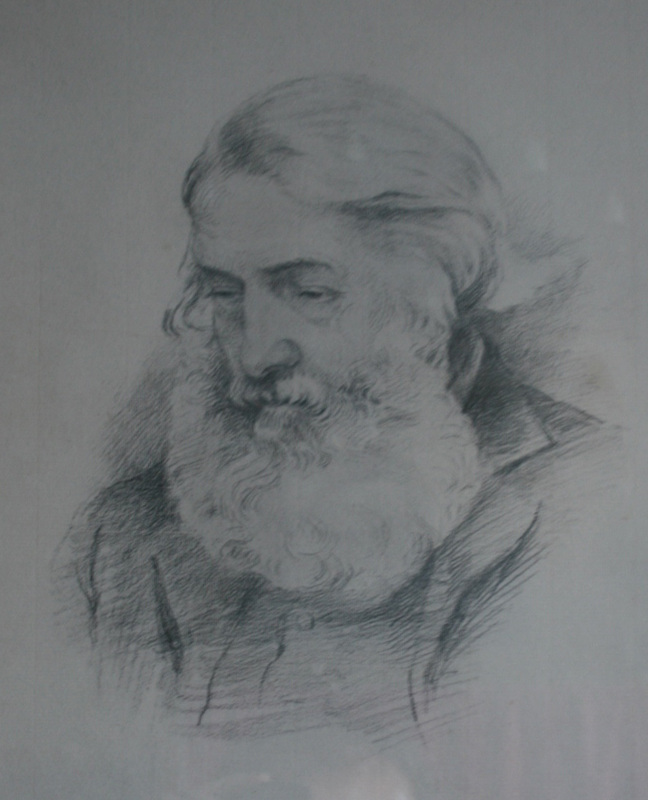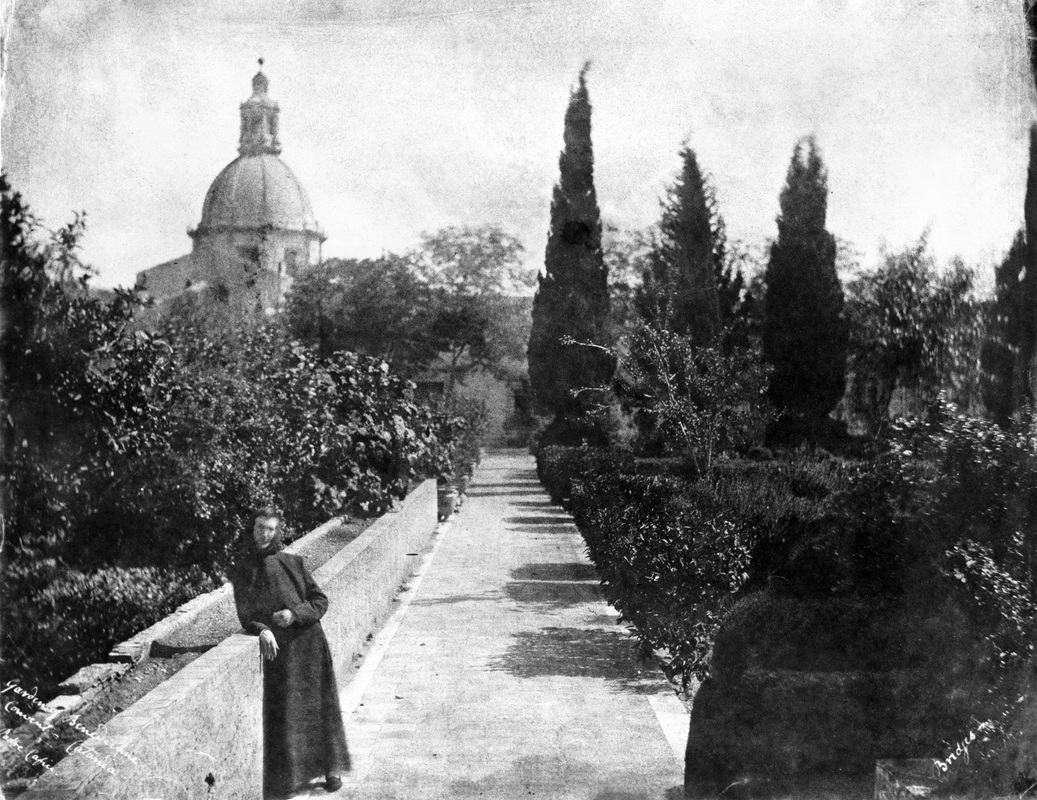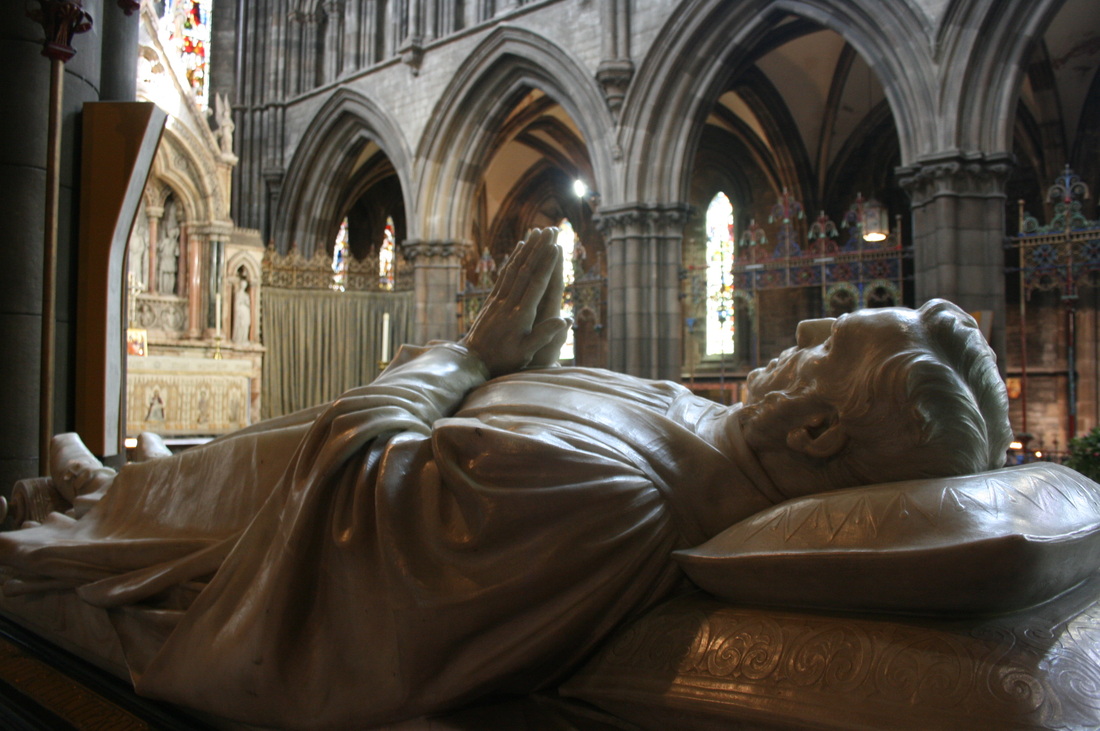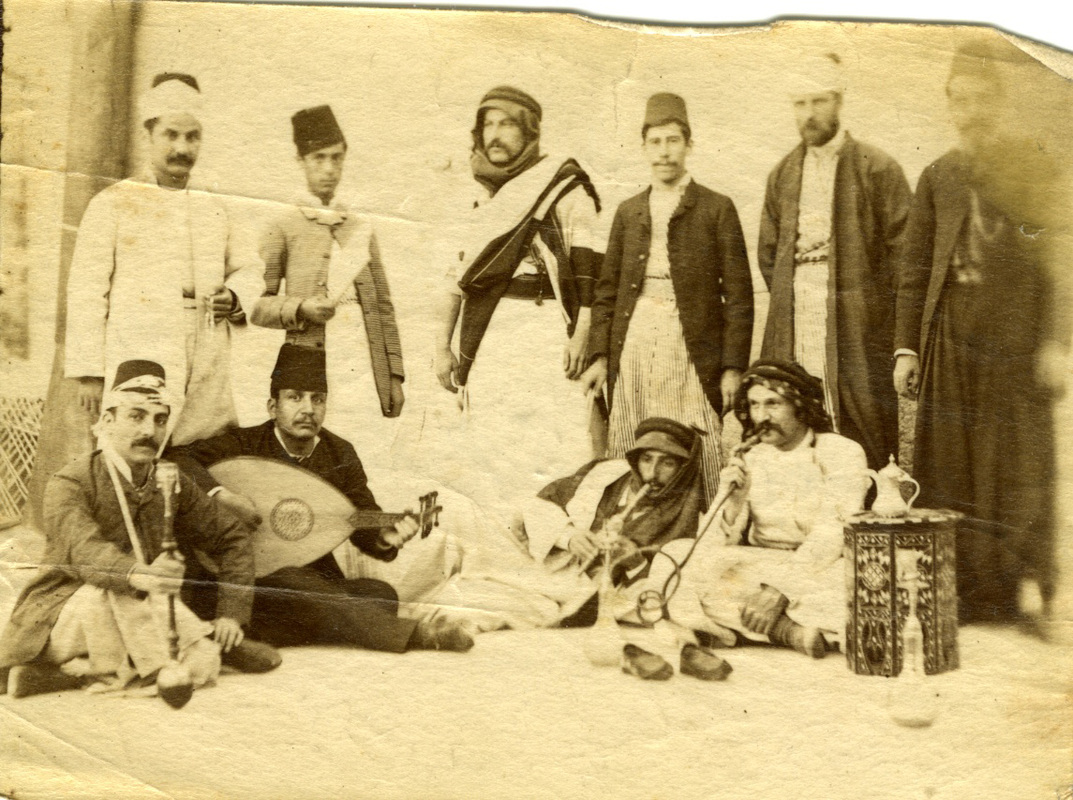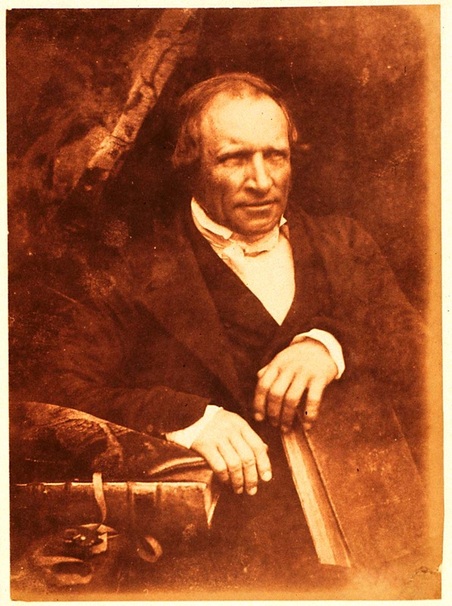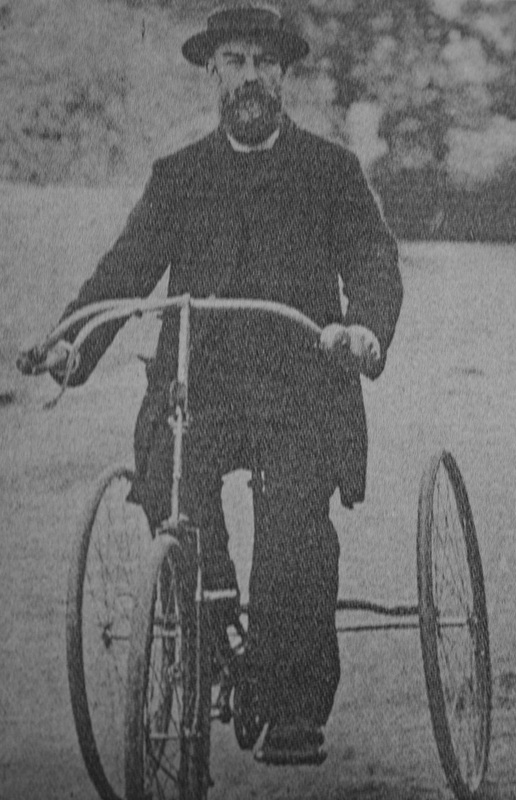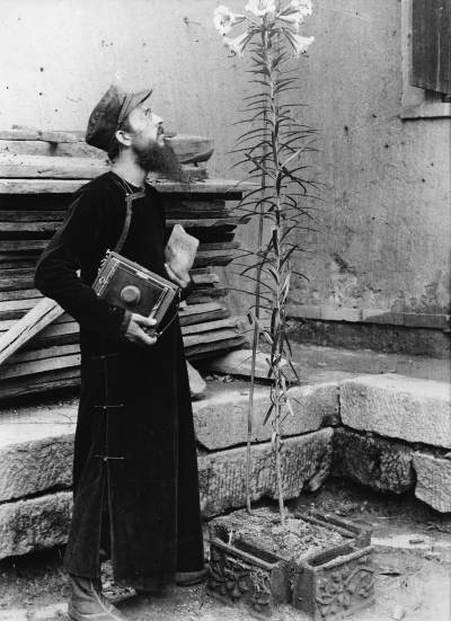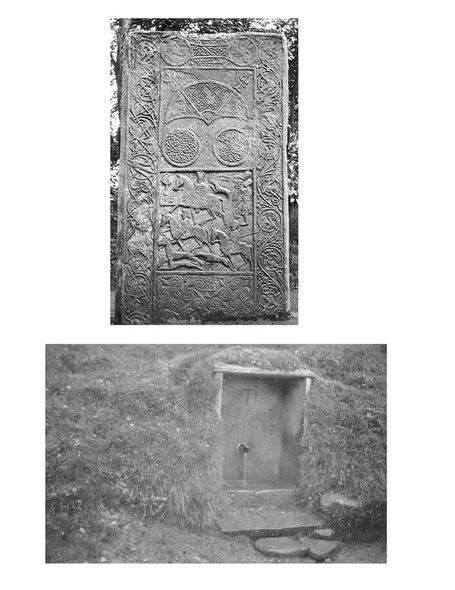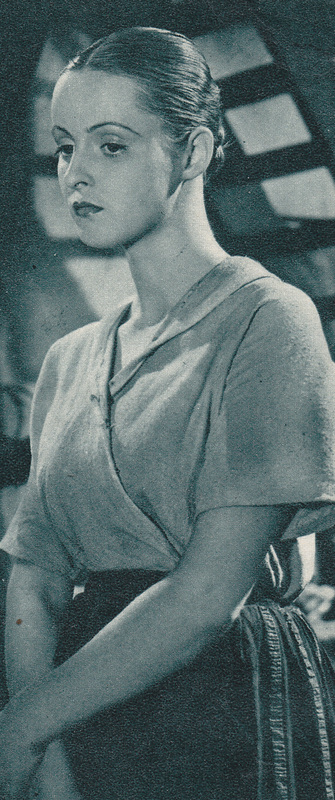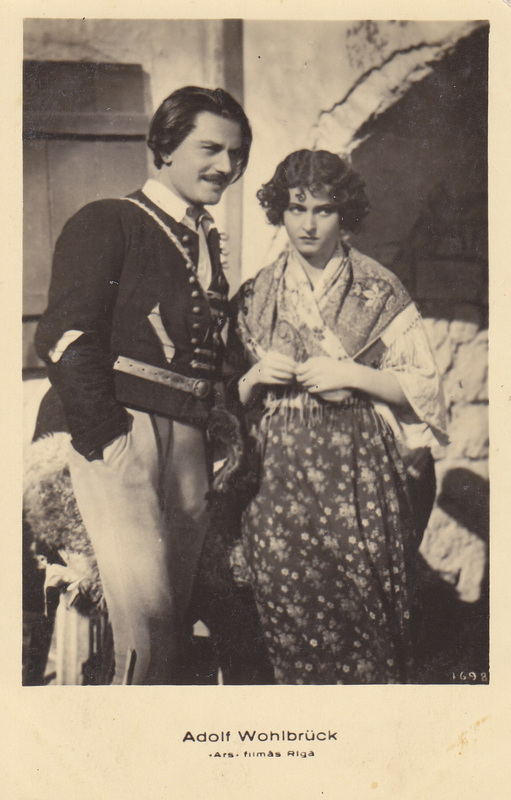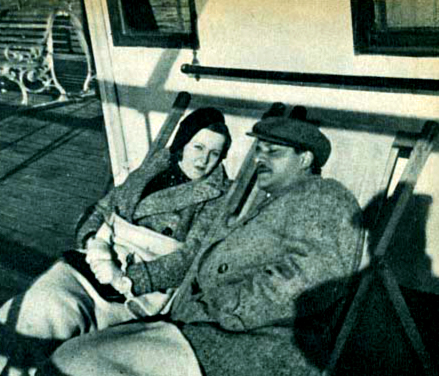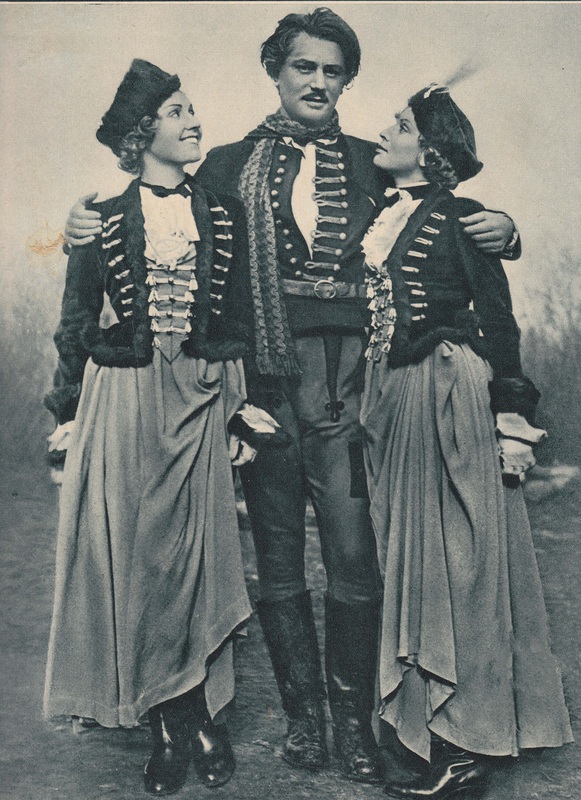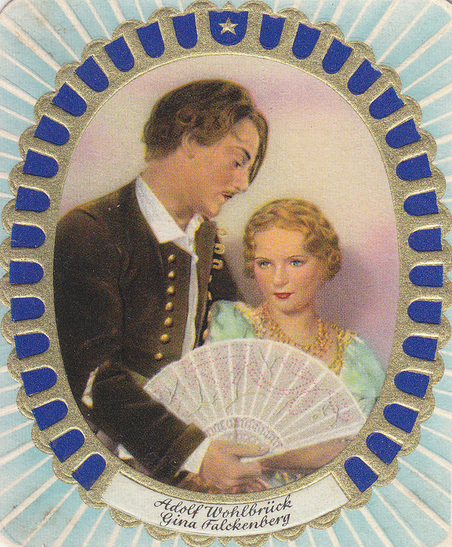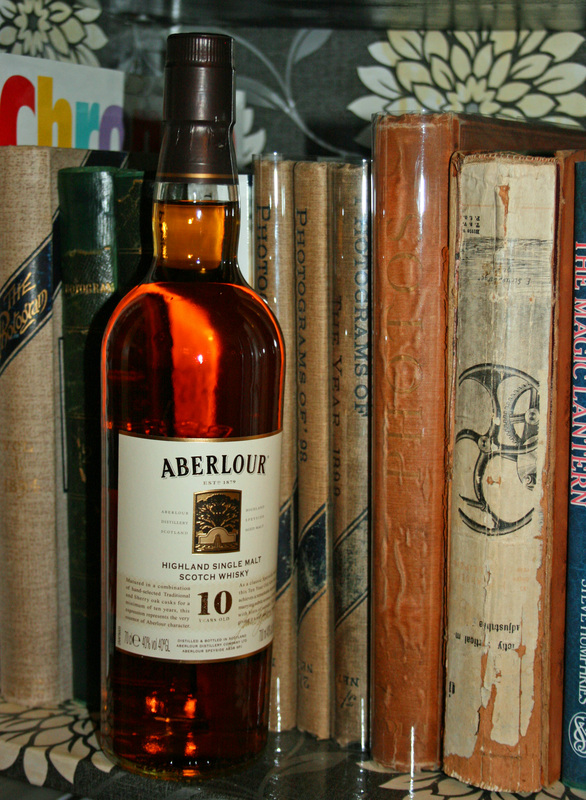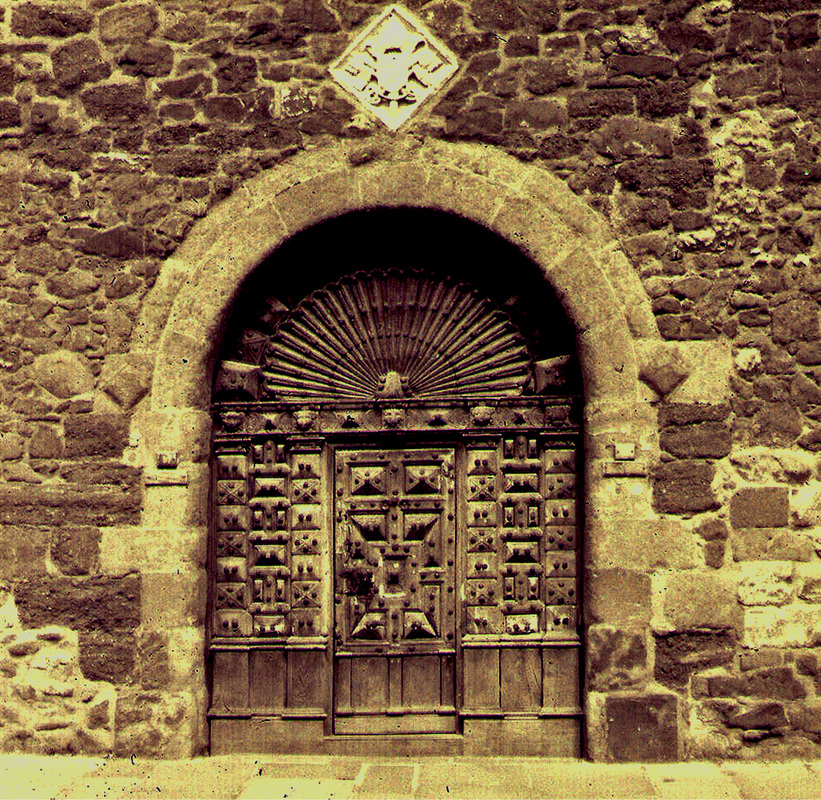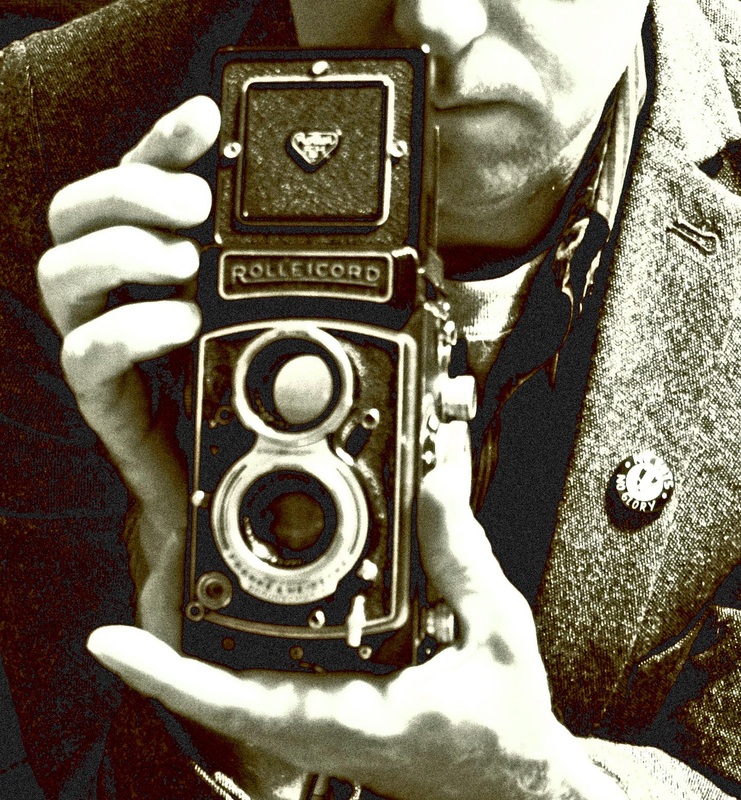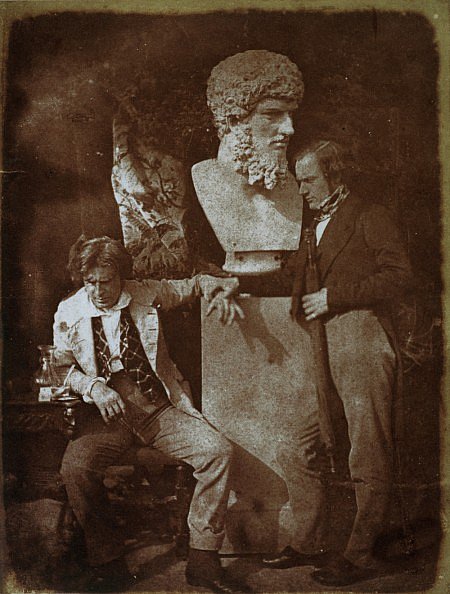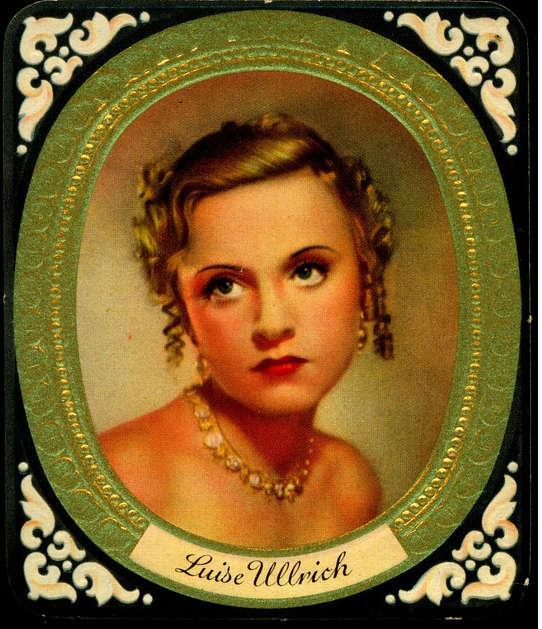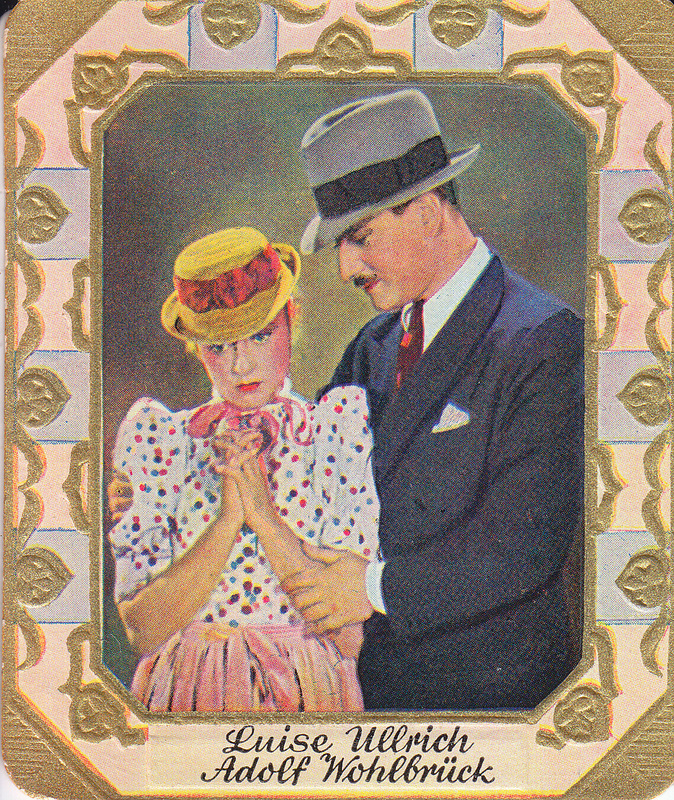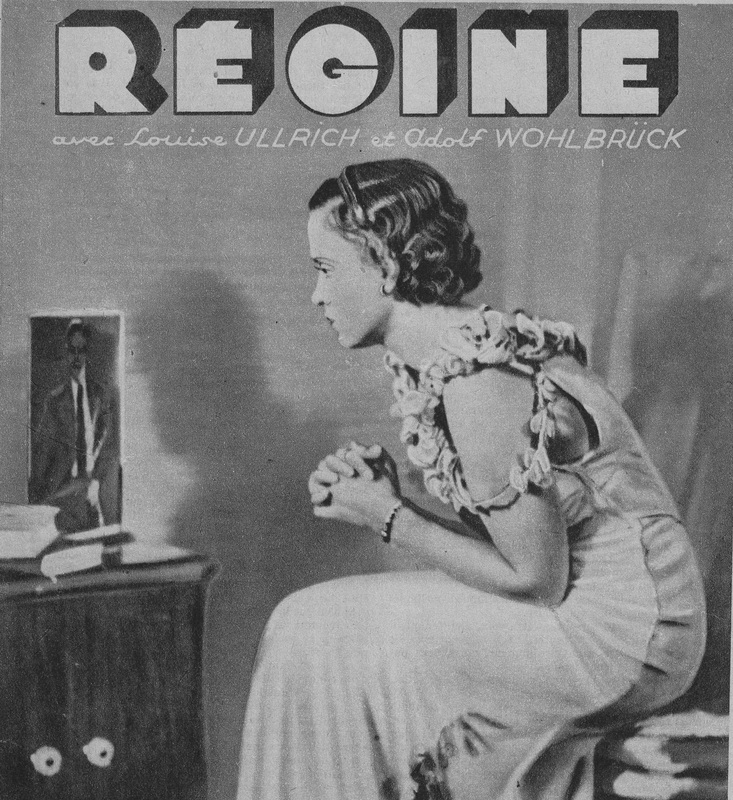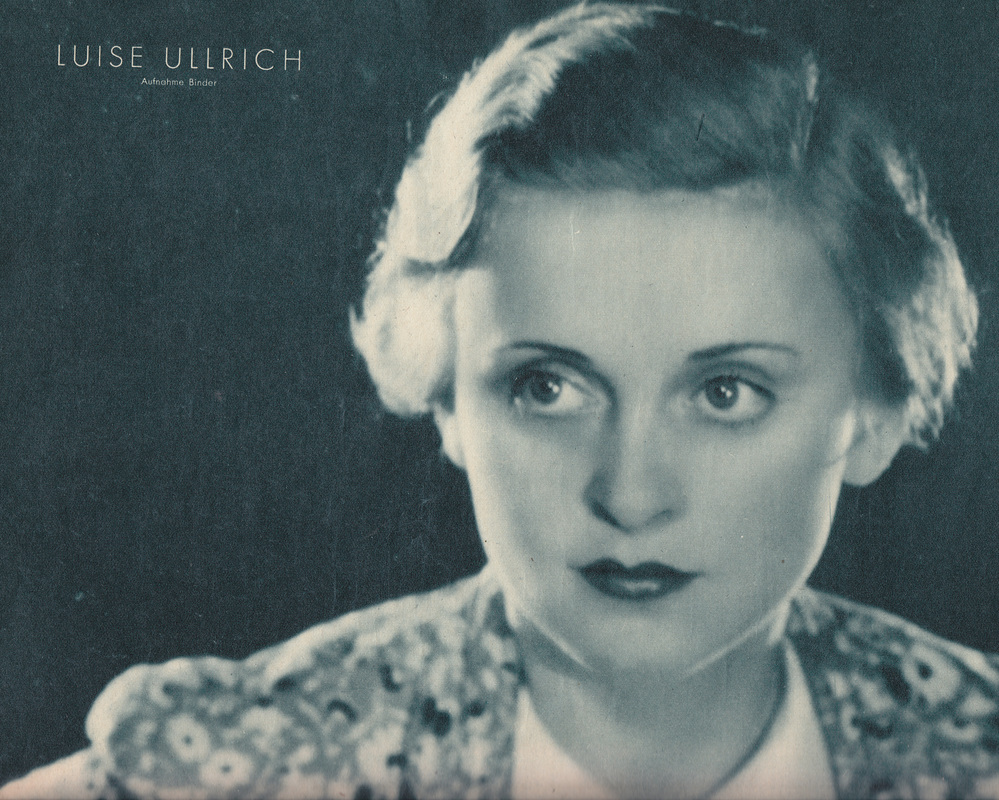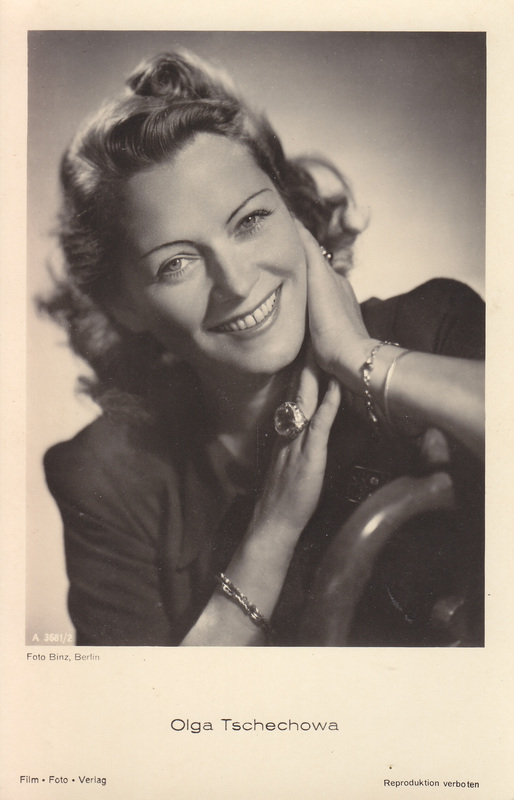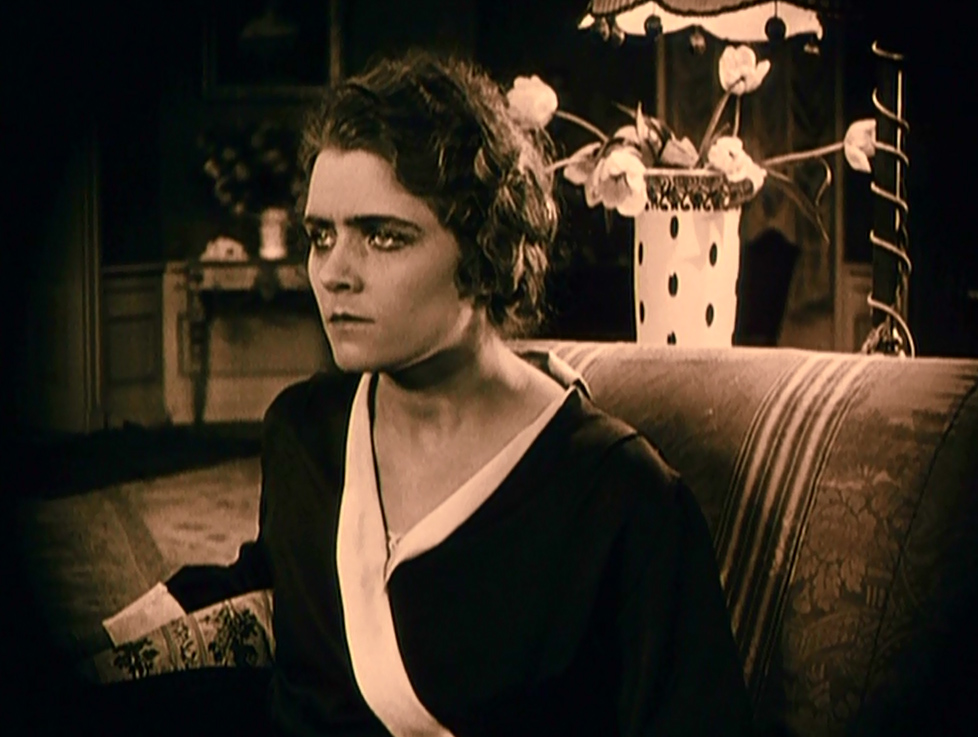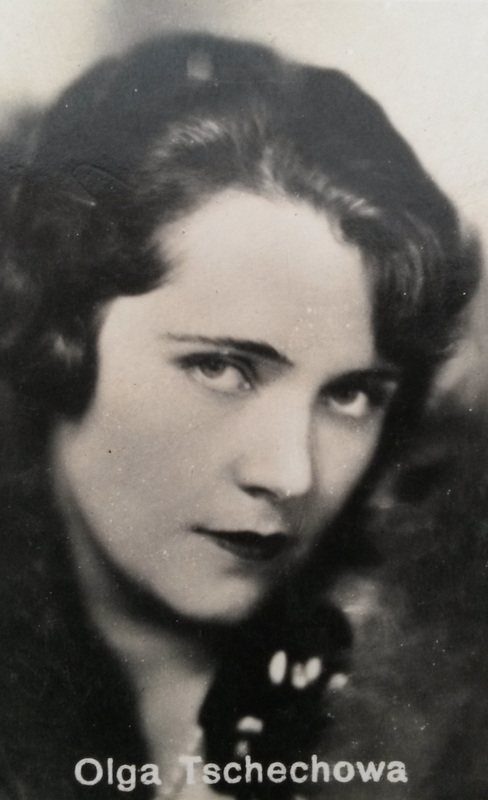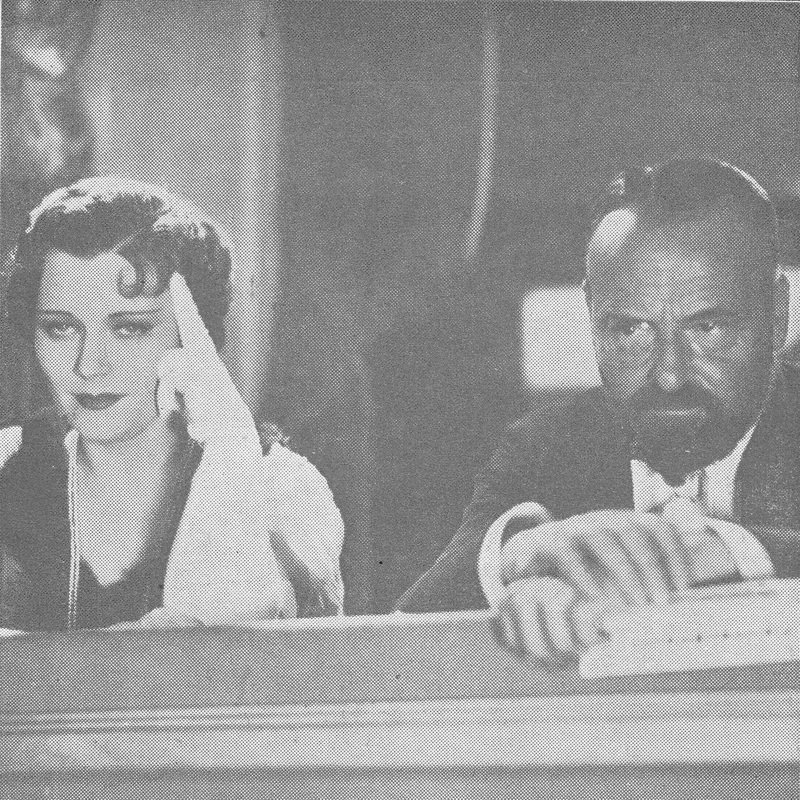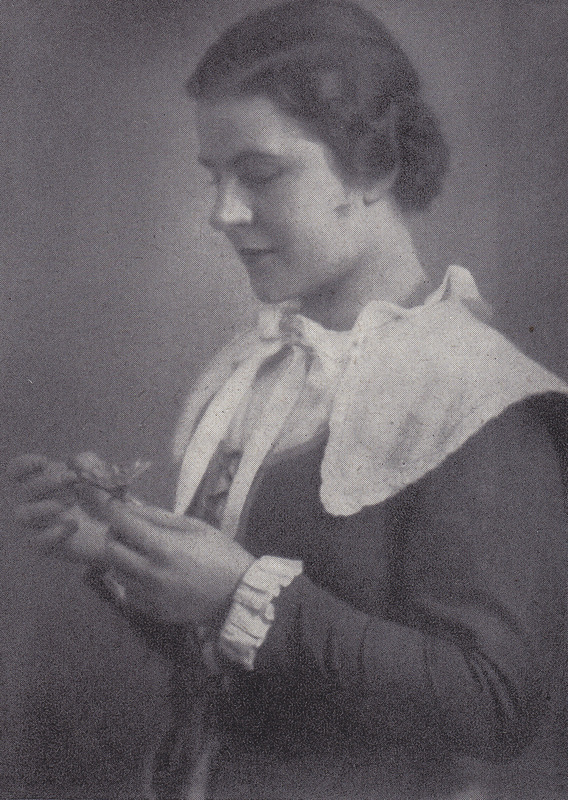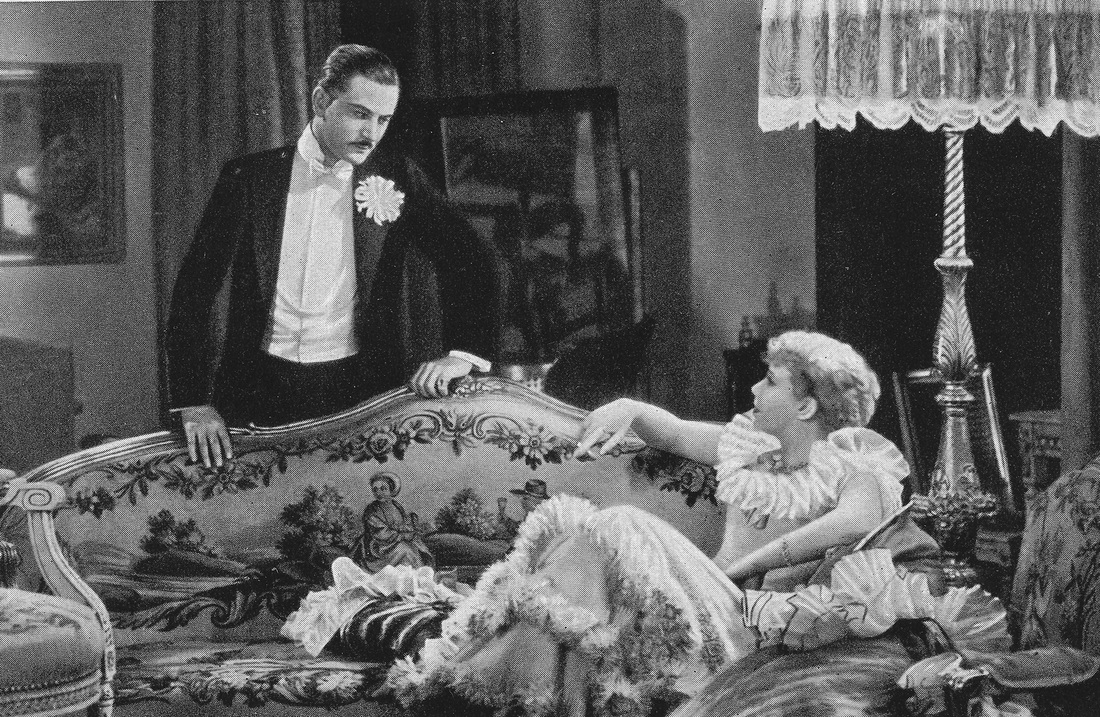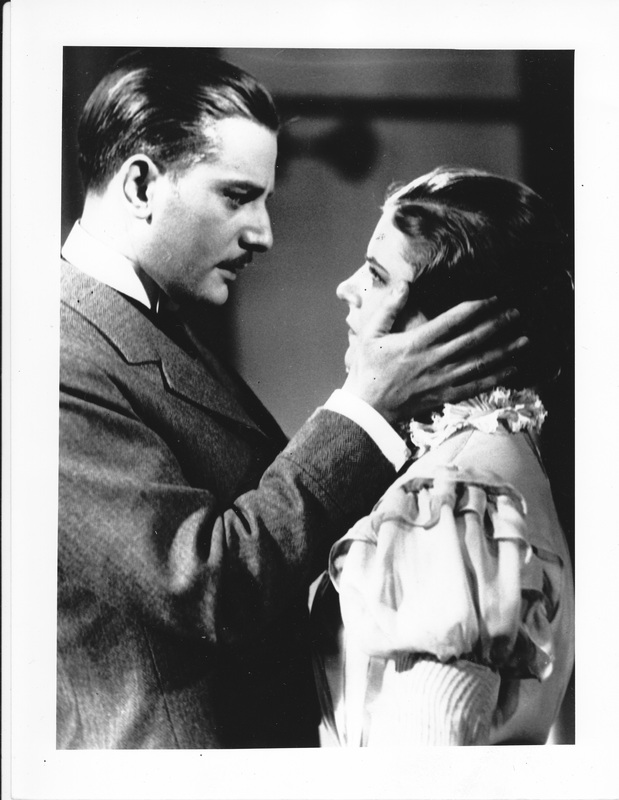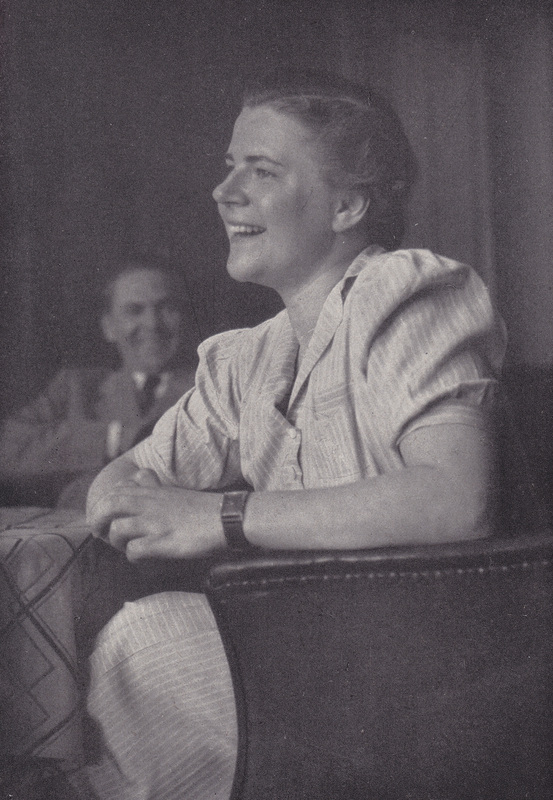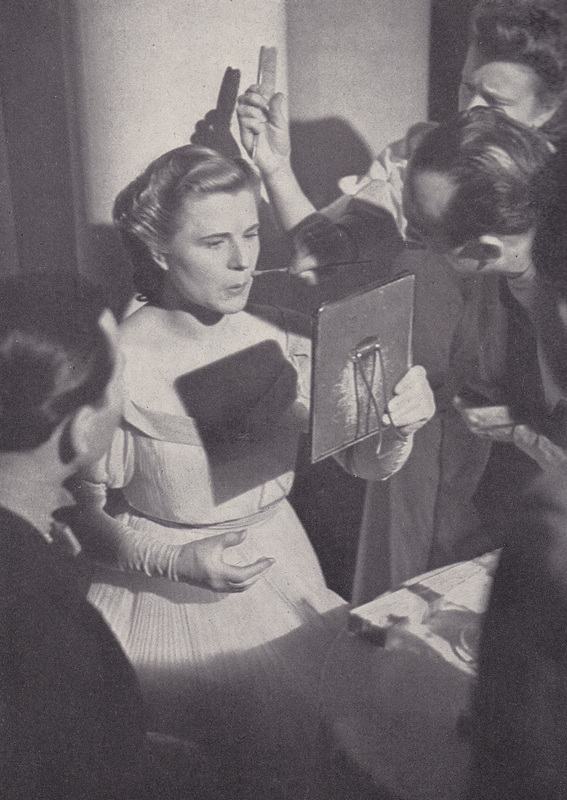Author Archive: James
Ph.D studies began today – and a picture puzzle
Well, today was day one of the Ph.D., and enthusiasm for my research project impelled me to spend several hours in the library, reading and taking notes. Hopefully I can keep this up for the next three years.
It was also time to dig out some of the old photographs and drawings that will provide the raw material for much of the work ahead.
Captions – and further details – will follow in due course, but in the meantime I wonder if anyone cares to guess the common theme from the images alone?
Walbrook’s Leading Ladies Part Three: Hansi Knoteck and Gina Falkenberg
Hansi Knotek (1914-2014)
Starred with AW in Die Zigeunerbaron (1935)
It is rather remarkable to think that we lost Hansi only a few months ago: she died on 23 February this year, just days before her 100th birthday. Born Johanna Knoteck in Vienna on 2 March 1914, like Ullrich and Wessely in my last blog post, she studied at the Vienna Academy of Music and the Performing Arts. Her great aunt Katharina Schratt was a well-known actress in Vienna, although her fame was due to her intimate relationship with Emperor Francis Joseph I rather than her stagework.After making her stage debut in Marienbad, Knotek appeared in provincial theatres around Austria before going before the cameras for Schloß Hubertus (1934) in which she played the daughter of a Bavarian count. The film was a typical ‘Heimatfilm’ – a genre of family drama set in homely, rural locations, usually the mountains. Despite her abilities as an actress, Knotek was cast in similar roles throughout her career and thus denied the opportunity to really distinguish herself.
 Hansi played gypsy girl Saffi, who falls in love with Sandor Barinkay (AW) after he defends her from arrogant farmer Zsupan, but then becomes worried that Barinkay is more attracted to Zsupan’s beautiful daughter Arsena (Gina Falckenburg – below)
Hansi played gypsy girl Saffi, who falls in love with Sandor Barinkay (AW) after he defends her from arrogant farmer Zsupan, but then becomes worried that Barinkay is more attracted to Zsupan’s beautiful daughter Arsena (Gina Falckenburg – below)
Like AW, Hansi Knoteck continued to work in the theatre while pursuing a screen career. Karl Hartl directed her in other films following Zigeunerbaron, including the popular Der Mann, der Sherlock Holmes war (1937) in which two conmen – played by Hans Albers and Heinz Rühmann – impersonate Holmes and Watson, leading them into a real-life crime mystery as well as romance with two English sisters, Jane (Knoteck) and Mary Berry (Marieluise Claudius.)
In 1940 she married Victor Staal, with whom she had co-starred in eight films, and they remained together until his death in 1982. She made several films during the 1950s before her final screen appearance in Der Jäger von Fall (1974) – like her first film, Schloß Hubertus, and no less than five of her other ‘Heimat’ movies, this was adapted from a novel by Ludwig Ganghofer, Given her long association with these ‘mountain and home’ films – with titles such as Winter in the Woods, Forest Fever, Silence of the Forest, The Laughing Mountain and In the Shadow of the Mountains – it was fitting that she spent her final years in a retirement home in Eggstätt, a thickly-forested area of lakes at the foot of the Chiemgau Alps on the border between Bavaria and Austria. It was here that she died seven months ago. Hansi is buried in the Nordfriedhof (North Cemetery) in Munich.
Gina Falkenberg (1907-96)
Starred with AW in Die Zigeunerbaron (1935)
After AW returned to acting at the end of World War One, he spent four years working at the Schauspielhaus in Munich before switching to the Kammerspiele, a smaller theatre in the north Munich district of Schwabing. Since 1917 this theatre had been under the direction of Otto Falckenberg (1873-1947), a former journalist and writer. Gina was his daughter, and she had been born Anna Regina Falkenberg on 12 September 1907 in Emmering, to the west of Munich. Her mother, Wanda Kick, was Otto’s first wife.
Falckenberg had a major impact on Munich’s theatre life, earning a reputation as one of the country’s leading exponents of Expressionism. He built up a talented ensemble that included AW, Elisabeth Bergner and Heinz Rühmann. In addition to several important Shakespearean productions – including King Lear, with AW as Edmund – Falckenberg was responsible for the first staged play of Bertolt Brecht, Drums in the Night (1922) and also promoting the work of other modern writers such as August Strindberg and Frank Wedekind, in whose Spring Awakening Gina appeared following her stage debut at the Kammerspiele in 1927.
Although AW left Munich for Dresden in 1927, Gina was in her late teens when he began working for her father and it seems likely that they were acquainted. Otto Falckenburg had by this time remarried, not once but twice. In 1920 he married his second wife, actress Sybille Binder (1895-1962), but the marriage only lasted a couple of years. She moved to England in 1938 and was given supporting roles in British films, including that of Fascist agent Erna in AW’s The Man from Morocco (1945) plus another favourite of mine, Blanche Fury (1948.) Falckenburg married his third wife, Gerda Mädler, in 1924.
Gina Falckenburg followed AW to Berlin, where she began appearing on stage in 1930. She played Manuela in Christa Winsloe’s play Gestern und Heute, about the relationship between a pupil and her teacher in a Prussian girls’ school. When it was adapted for film in 1931 with the more sensational title of Mädchen in Uniform, director Leontine Sagan – another Reinhardt protege – wanted Gina to play the part of Manuela on screen as she had on stage, but was persuaded to cast Hertha Thiele instead. The teacher was played by Dorothea Wieck, the focus of AW’s desire in Der Student von Prag four years later.
Gina made her screen debut the following year, playing a prostitute in Razzia in St Pauli (1932), set in Hamburg’s red light district. By 1933 she was playing an American gangster moll – Mabel Wellington – in Der Page vom Dalmasse-Hotel, progressing to a senator’s daughter in Der Herr Senator. Die fliegende Ahnfrau (1934.) Although the part of a pig farmer’s daughter in Zigeunerbaron might appear to be a retrograde step, Arsena Zsupan cuts an elegant, almost aristocratic figure.
Although Arsena can be haughty and vindictive, her character – who wears an array of fashionable costumes, jumps on horseback over pub tables, has a cat fight with Saffi and wields a whip almost as well as she fires a rifle – had more colour and liveliness than some of the other parts Falckenburg was given in the 1930s.
She married Italian film director Giulio del Torre in 1939 and moved to Italy, where she had a modest career on both stage and screen. Uniquely among AW’s leading ladies, she also found succes as a novelist and screenwriter, beginning shortly after Zigeunerbaron with Das unendliche Abenteuer (Berlin: Ullstein, 1937) and following this up with another dozen novels, plus screenplays and short stories. She died in Lucca on 12 February 1996.
Whisky and Cameras
On a more light-hearted note, among the calotype images created by D.O. Hill and Robert Adamson in the 1840s is a humorous picture entitled The Morning After. ‘He, greatly daring, dined’ which shows Hill himself, clearly suffering the after-effects from a convivial night before, being observed with a mixture of pity and disapproval by his friend James Miller – Professor of Surgery at Edinburgh University and a strong advocate for temperance.
Walbrook’s Leading Ladies: Part Two. Luise Ullrich, Olga Tschechowa & Paula Wessely
During my last visit to Vienna I spent some time in a second hand shop near the Sigmund Freud Museum, and while browsing there came across a set of the collected works of Gottfried Keller. It was a lovely little set of small octavo volumes, in decorated green cloth bindings, and I was sorely tempted when I saw that the story ‘Regine’ was included. After some internal arguments, however, I had to put the books back – I was flying with hand luggage only and my bag was already bursting with books. As consolation, I found a copy of Alfred Ibach’s biography of Paula Wessely – Die Wessely: skizze ihres Werdens (1943), which I picked up for only 1 Euro. I will write about Wessely below, but first I am going to turn to the two actresses who co-starred with AW in Regine: Luise Ullrich and Olga Tschechowa.
Luise Ullrich (1910-85)
Starred with AW in Regine (1935)
The film Regine is based upon a novella written by Swiss-German author Gottfried Keller, and published in his story-cycle Das Sinngedicht (The Epigram) in 1881. The movie is more sentimental than the novella and makes a number of changes, but the story of an eminent engineer who falls in love with a lowly maid is essentially the same.Luise Ullrich had a fresh-faced innocent beauty that made her ideally suited for the role of Regine. Born in Vienna on 31 October 1911 to a count and major in the Austro-Hungarian army, she studied at the Academy of Music and Performing arts in Vienna before making her stage debut in the city in 1926. After some five years she moved to Berlin, where she was spotted on stage at the Lessing Theater by actor-director Luis Trenker, who cast her opposite himself in the film Der Rebell (1932) about a Tyrolean hero fighting Napoleon’s forces. Her real breakthrough came the following year, however, when she appeared opposite Olga Tschechowa in Liebelei (1933), directed by Max Ophuls.
In this film, based on a story by Arthur Schnitzler, she played the part of Mizzi who, with her friend Christine (Magda Schneider), makes the acquaintance of two cavalry officers Lobheimer (Wolfgang Liebeneiner) and Kaiser (Willi Eichberger, whom AW encouraged to go to Hollywood where he changed his name to Carl Esmond.) They meet at a concert in Vienna when the mischievous Mizzi drops her opera glasses from the balcony onto the officers below. While Mizzi pairs off with Kaiser, Lobheimer falls for Christine, having already decided to break off his affair with Baroness Eggerdorff (Tschechowa.) Unfortunately, Baron Eggersdorff (Gustaf Grundgens) has discovered his wife’s adultery, and events take a tragic turn….
The film displays some beautiful cinematography by Franz Planer, who would make similar use of his talents filming AW and Tschechowa in Maskerade. Both films are brilliant evocations of the mythical ‘old Vienna’ to which Ophuls returned with La Ronde (1950), again adapted from a Schnitzler play but this time with AW centre-stage. Liebelei shares some similarities with Maskerade, such as the lush background of Viennese music plus the themes of aristocratic adultery and the etiquette of dishonour. Its success brought Ullrich further lead roles, including that of Regine.
Regine tells the story of Frank, an engineer returning to his native Germany for the first time in ten years after working in America. On the ship home he meets actress Floris Bell (Olga Tschechowa), whose advances he rejects. As Frank has no family, he goes to stay at his uncle’s house in southern Germany (there are wonderful location shots filmed in Bavaria and the Rhineland), where he falls in love with – and marries – his uncle’s housemaid, the humble Regine.
Regine’s social awkwardness creates some scenes that are alternately comical and touching. Inevitably, there is tension and difficulties, and a misunderstanding – caused in part by Floris – leads Frank to suspect Regine of seeing another man while he is away. Distraught, Regine tries to take her own life…but in a film like this, matters are – of course – resolved happily.
Regine was released in Germany a few weeks before Leni Riefenstahl’s Triumph of the Will – a fact that demonstrates the diversity of films available to cinema goers under the Nazis. Furthermore, it was Regine, rather than any overt propaganda, which Germany submitted as its entry to the Venice Film Festival that year. Clearly, it was held in high regard.
Olga Tschechowa (1897-1980)
Starred with AW in Maskerade (1934) and Regine (1935)
This silent who-dunnit is set in a castle where a group of aristocratic guests await the arrival of Baroness Safferstätt (Tschechowa, above). In the meantime, an uninvited and unwelcome guest arrives – Count Oetsch (Lotar Mehnert), whom everyone believes murdered the baroness’s first husband, his brother Peter (Paul Hartmann). Tension rises after the baroness arrives with her second husband (Paul Bildt), accusations are made, and the pious friar Father Faramünd mysteriously disappears from a locked room….
Although the film is a pale shadow of Murnau’s later work, Tschechowa gives a mesmerising performance as the Baroness, and further work quickly came her way. She made around forty silent films before migrating to talkies with Die Drei von der Tankstelle (1930), a hugely popular musical comedy that inspired several imitations, including Drei von der Stempelstelle (1932) starring AW. The success of the film encouraged Tschechowa to sail to Hollywood later that year. Although she partied with Garbo, Fairbanks, Lloyd and Chaplin, her Hollywood career was short-lived as American audiences found her Russo-German accent too thick. She returned to Germany and continued making films.
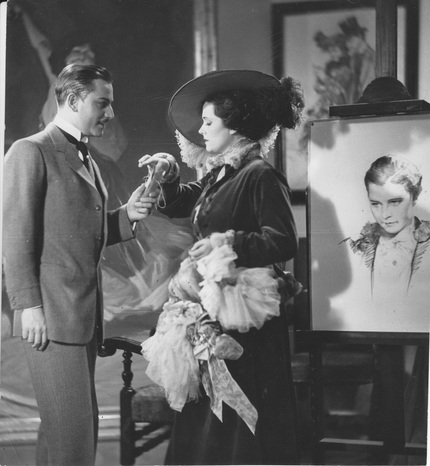 Love triangle: with AW in ‘Maskerade’, next to a painting of Leopoldine Dur (Paula Wessely) on the easel
Love triangle: with AW in ‘Maskerade’, next to a painting of Leopoldine Dur (Paula Wessely) on the easel
She moved in high circles during the 1930s and two years after Maskerade was awarded the status of Staatsschauspielerin. However, at the same time as this ‘State Actress of the Third Reich’ was wining and dining with Goebbels and Hitler, she was passing information about them to Soviet officials. Although there is no doubt that she was working as a Russian agent during the war, there is no indication that she contributed much of value. The Russians appreciated having a contact who enjoyed access to the private company of Hitler and Goebbels; there were also plans for her brother Lev Knipper to assassinate the Führer if she could get him close enough. After the war Tschechowa was rewarded for her work with financial support and an apartment in the Russian sector of Berlin.
Olga and Lev were very fortunate to survive throughout this period, but her ability to flit effortlessly between regimes – Tsarist, Bolshevik, Nazi and Stalinist – suggests that her allegiance remained primarily to herself rather than to the world around her. Tschechowa’s clandestine activities and unreliable memoirs make it hard to gain any real sense of her personality. She moved to Munich in 1950, launched a range of cosmetics and gradually retired from acting, although her daughter Ada (1916-66) and grand-daughter Vera (1940-) both became successful actresses and Olga herself made something of a comeback in the 1970s. She died in Munich on 9 March 1980, sipping champagne and murmuring ‘Life is beautiful.’
Paula Wessely (1907-2000)
Starred with AW in Maskerade (1934.)
Like so many of AW’s comedies of this period, Maskerade revolves around a misunderstanding over identities. The painter Heideneck (AW) has a reputation as a womaniser but has broken off with his former lover Anita Keller (Tschechowa) now that she is engaged to music director Paul Harrandt (Walter Janssen). Her fiance’s brother, surgeon Dr Carl Harrandt (Peter Petersen), is married to Gerda (Hilde von Stolz), who slips away from the carnival celebrations to be painted wearing only a mask and a chinchilla muff that she has borrowed from Anita.
